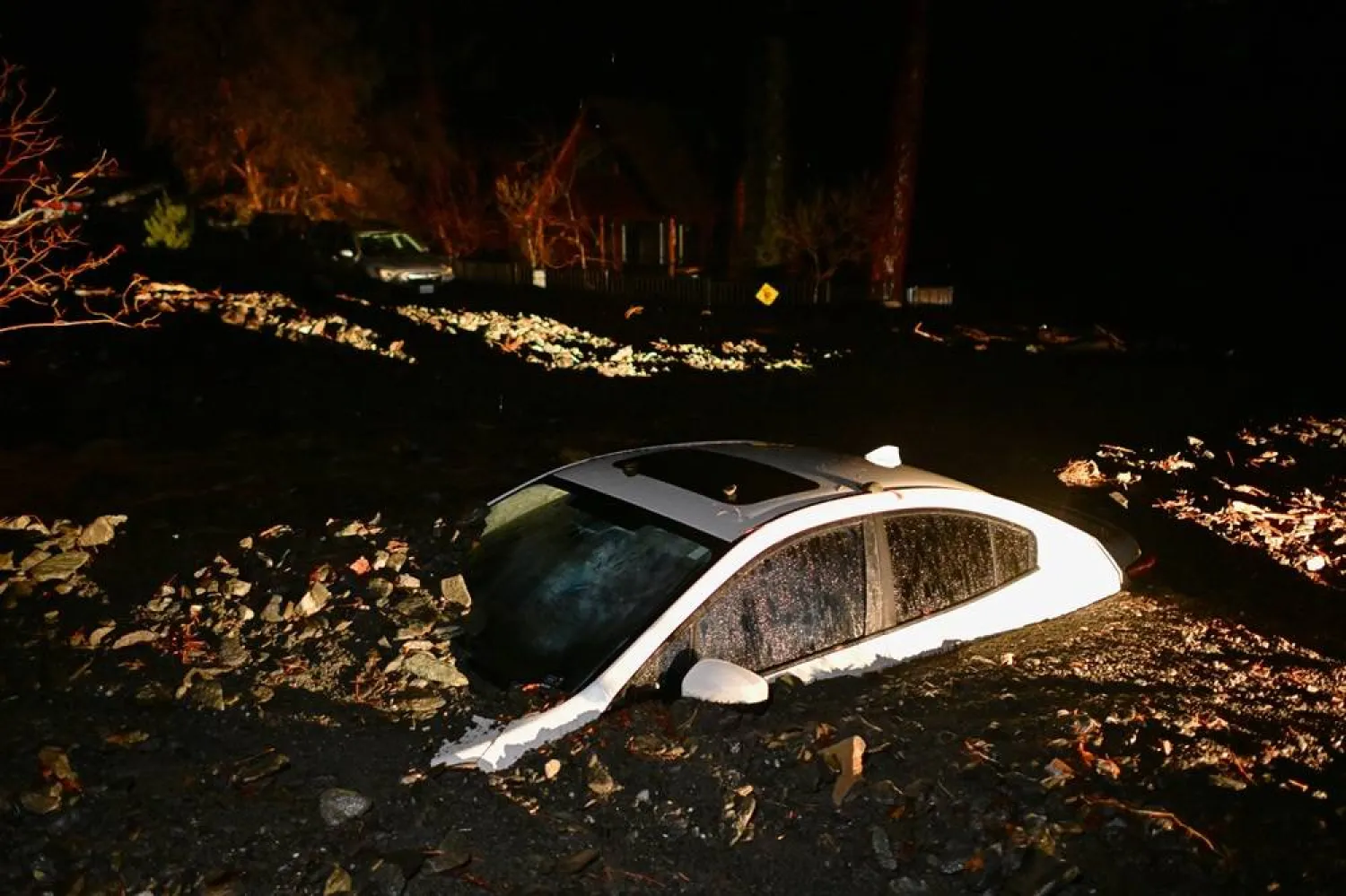The National Center for Wildlife (NCW), Saudi Arabia's designated national representative for the Convention on Biological Diversity, kicked off the Comprehensive National Biodiversity Framework (CNBF) workshop in collaboration with the Ministry of Environment, Water and Agriculture, and the United Nations Environment Program (UNEP).
The two-day workshop in Riyadh will play a pivotal role in shaping Saudi Arabia's National Biodiversity Framework. It aims to align the Kingdom’s biodiversity conservation efforts with global goals under the Kunming-Montreal Global Biodiversity Framework, established during the 15th Conference of the Parties to the Convention on Biological Diversity (CBD) in 2022.
The initiative also aims to advance environmental sustainability in line with Saudi Vision 2030.
Dr. Mohammed Qurban, CEO of the National Center for Wildlife (NCW), said: "This workshop aims to forge a unified national model through collaborative efforts among relevant stakeholders to harmonize national objectives with global framework goals.”
“This effort strengthens the Kingdom's commitments to the 15th Conference of the Parties to the Convention on Biological Diversity, where national goals were set and strategies built to implement the framework,” he stressed.
"Aligned with Saudi Vision 2030 and the Saudi Green Initiative, this workshop signifies our national commitment to restoring ecological balance and achieving sustainable development, paving the way for a prosperous future,” he added.
Throughout the workshop, NCW plans to initiate the development of the Comprehensive National Biodiversity Framework (CNBF) using a multidisciplinary participatory approach involving all relevant stakeholders in the Kingdom.
This includes establishing a knowledge base, fostering national consensus on defining goals, and implementing mechanisms to support the targets of the Kunming-Montreal Global Biodiversity Framework.
It also involves defining roles and responsibilities and establishing a national network of experts and decision-makers to ensure sustainable implementation of the Convention on Biological Diversity at the national level.
The workshop aims to raise awareness about Saudi Arabia's efforts in protecting and preserving biodiversity and ecosystems, cementing its leadership in fulfilling international commitments related to biodiversity conservation.
It also aims to enable and support urgent actions to meet the goals of the National Biodiversity Framework, contribute to the objectives of the United Nations Convention on Biological Diversity, discuss mechanisms for developing, updating, and implementing national policies, strategies, and action plans, bolster transparency in monitoring progress at all levels, and explore avenues for collaboration and partnerships among stakeholders.
Additionally, it aims to establish a core national network of experts and decision-makers to support the implementation of the framework.
During the first day, participants from NCW, the Ministry of Environment, Water and Agriculture, and UNEP presented concise reports on strategies, plans, initiatives, actions, and activities implemented under the Montreal Protocol on Biodiversity framework.
They reviewed their contributions to developing national goals and initiatives aligned with the framework and the targets of Saudi Vision 2030.









